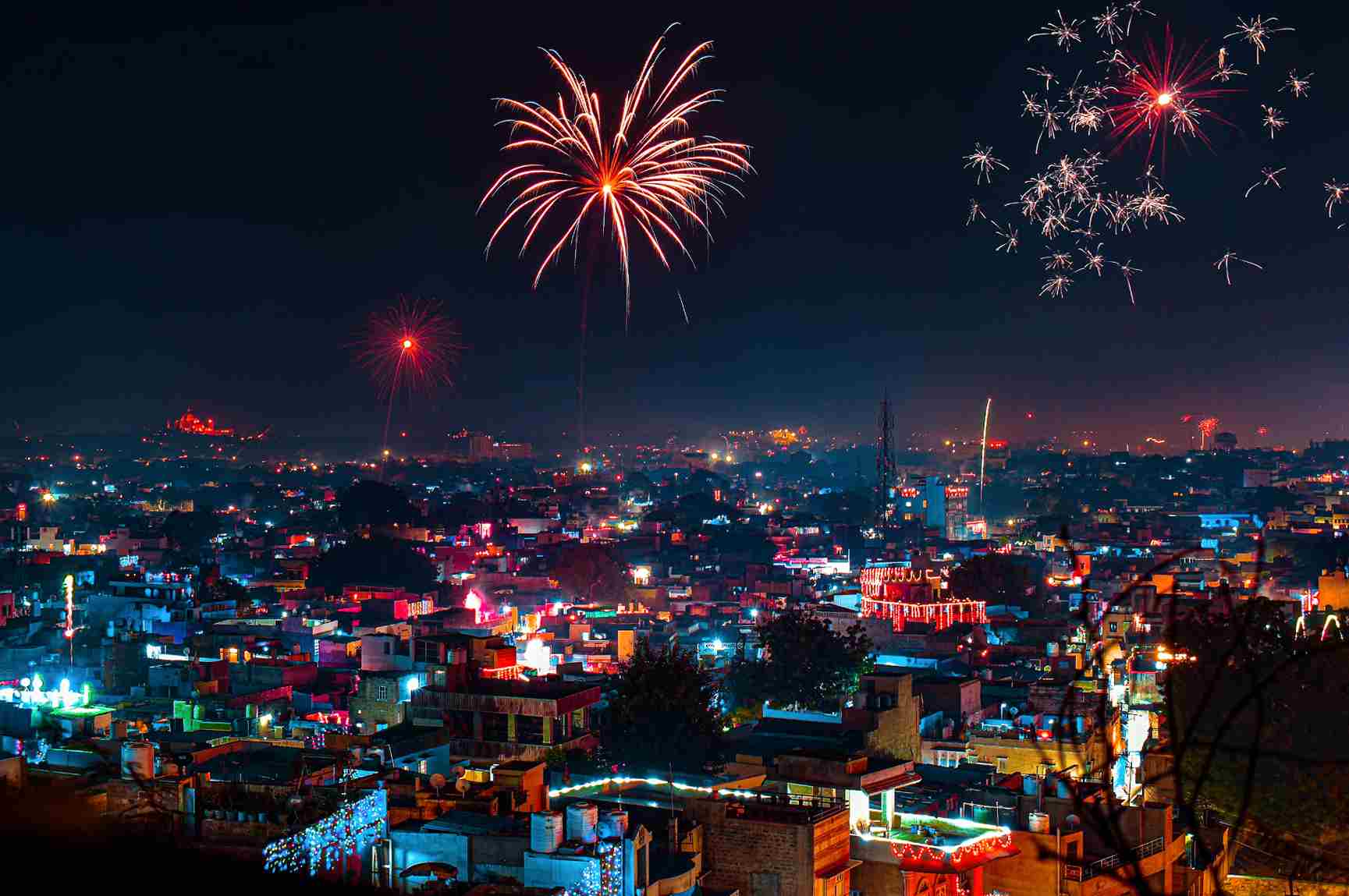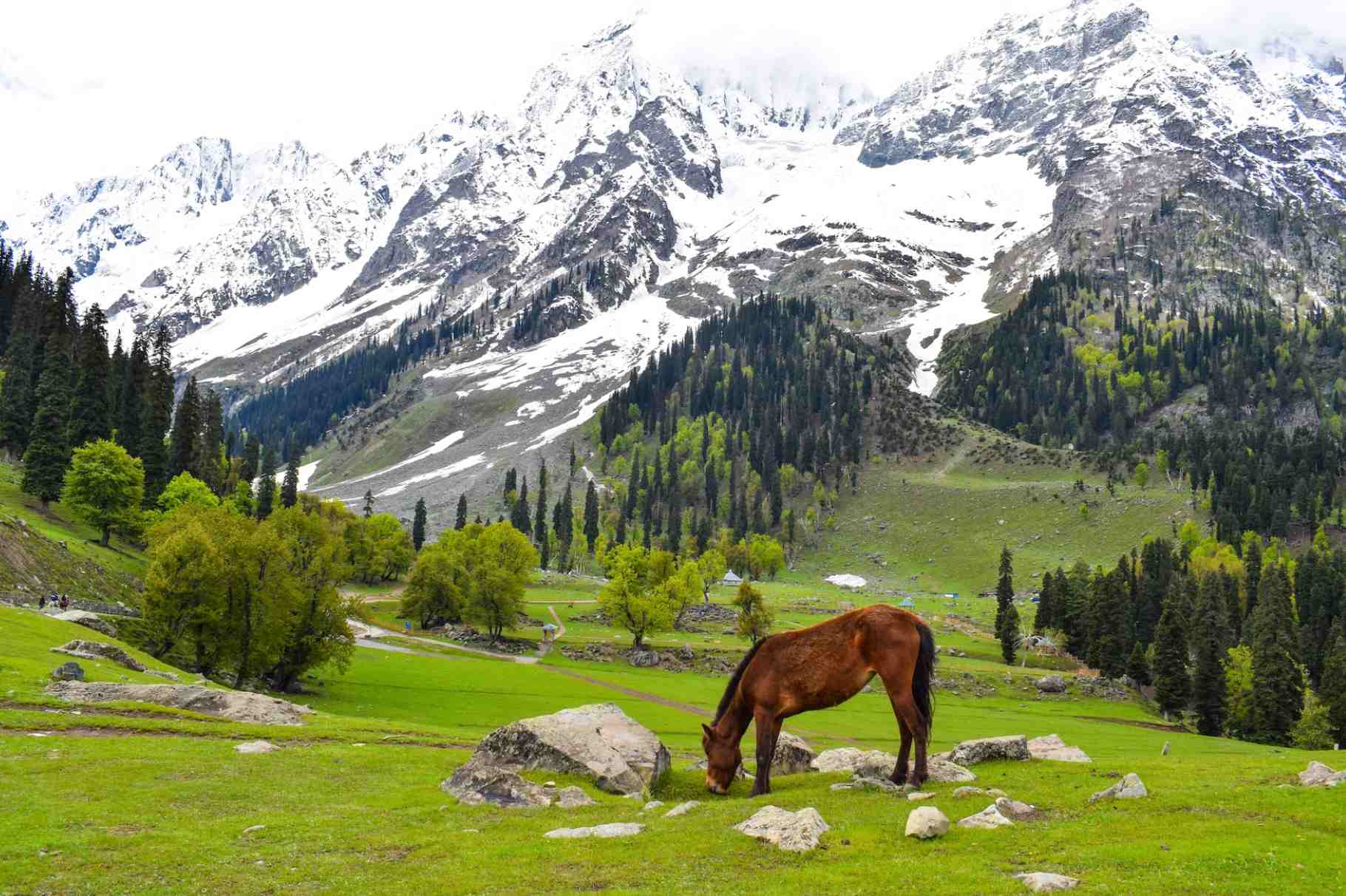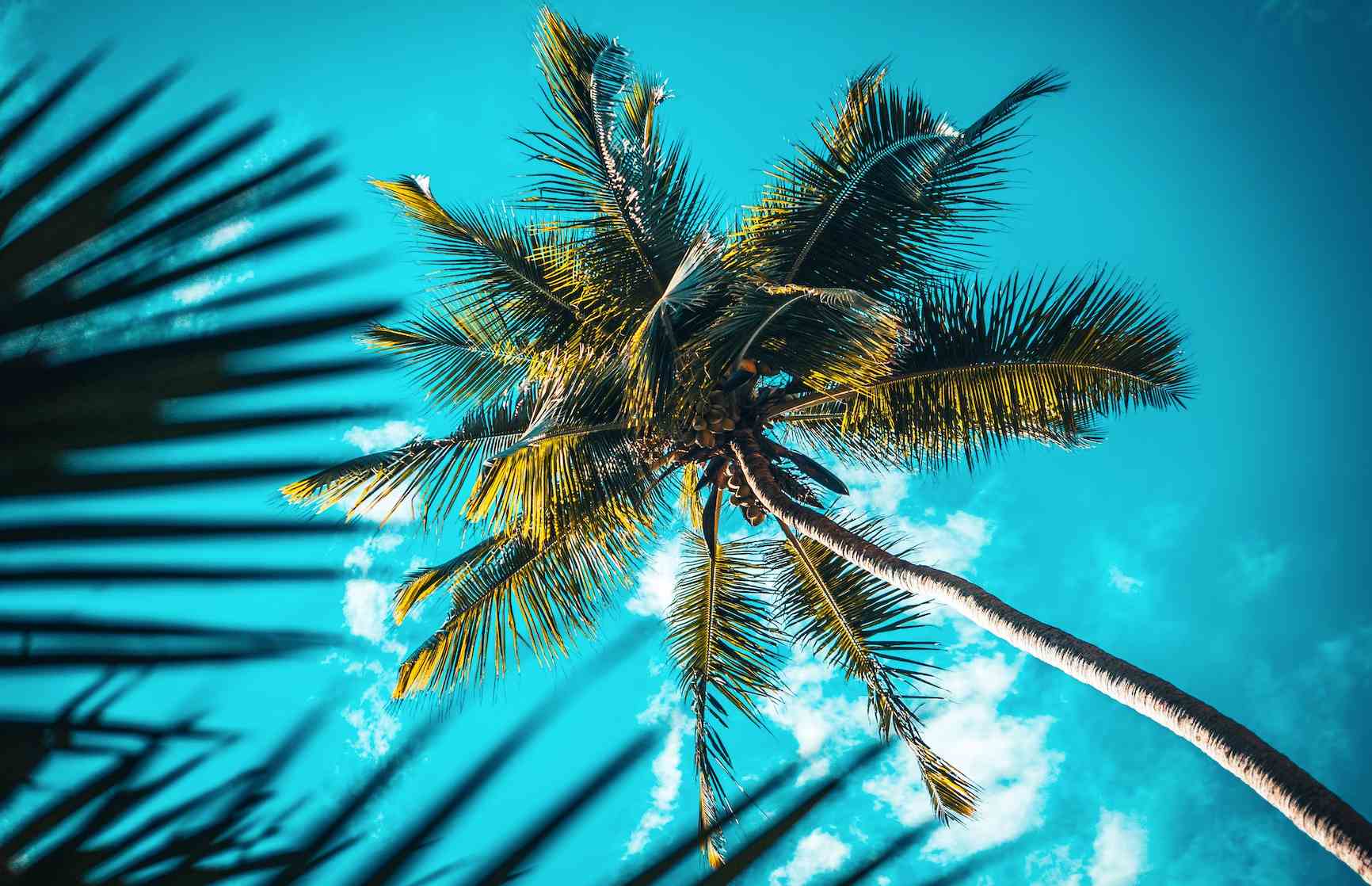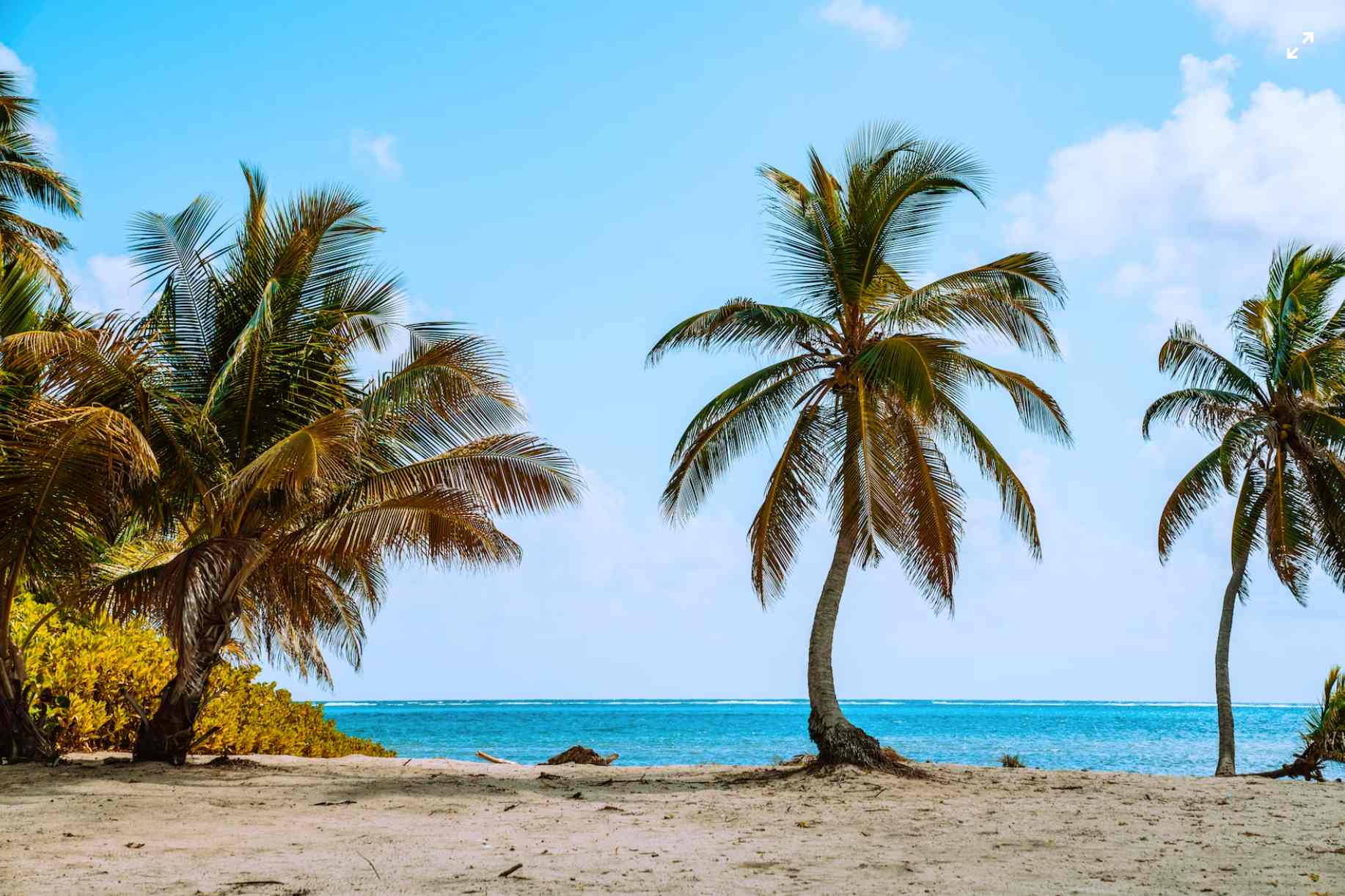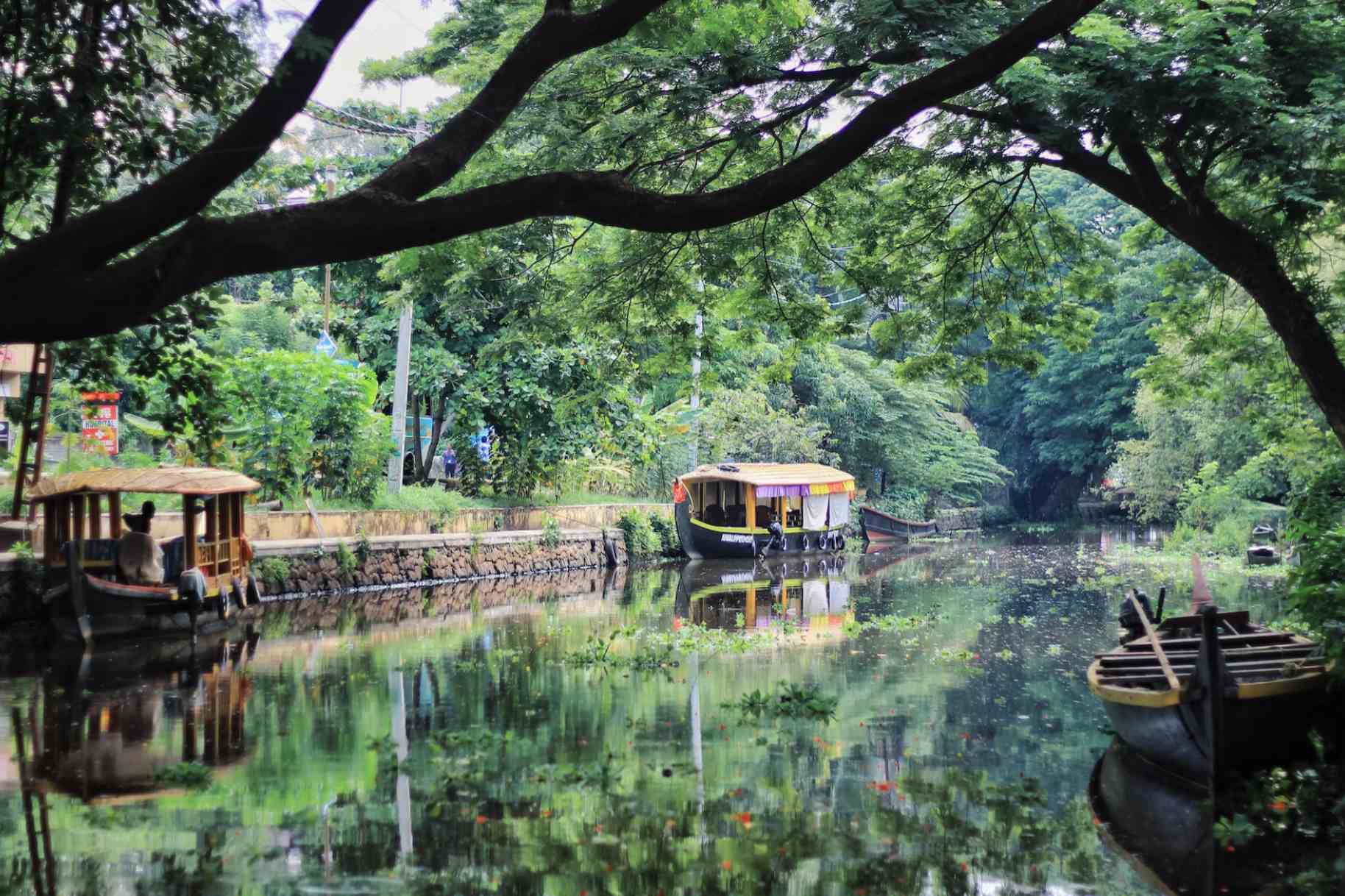Eco-Friendly Alternatives to Firecrackers: How to Celebrate Diwali Without Harming the Planet
Diwali is a five-day Hindu festival of lights that is celebrated every year in autumn. It is one of the most popular festivals in India, and is also celebrated in other parts of South Asia, as well as in the Caribbean, Southeast Asia, and the United Kingdom.
The exact origins of Diwali are unknown, but it is believed to have originated in ancient India. Some believe that it is a celebration of the victory of good over evil, while others believe that it is a festival of lights that marks the beginning of the new year.
Diwali is celebrated in different ways across India, but there are some common traditions. These include lighting diyas (lamps), exchanging gifts, feasting, and setting off fireworks.The use of firecrackers during Diwali is a relatively recent tradition. It is believed to have originated in China and was introduced to India in the 13th century.
How do firecrackers impact health and the environment?
Firecrackers can have a significant impact on both health and the environment. When they are burnt, they release harmful gases and pollutants into the air, such as sulphur dioxide, nitrogen dioxide, and particulate matter. These pollutants can cause respiratory problems, heart disease, and cancer. They can also contribute to climate change.
In addition, the noise from firecrackers can be very loud and can cause hearing damage. It can also be disruptive to animals and wildlife.
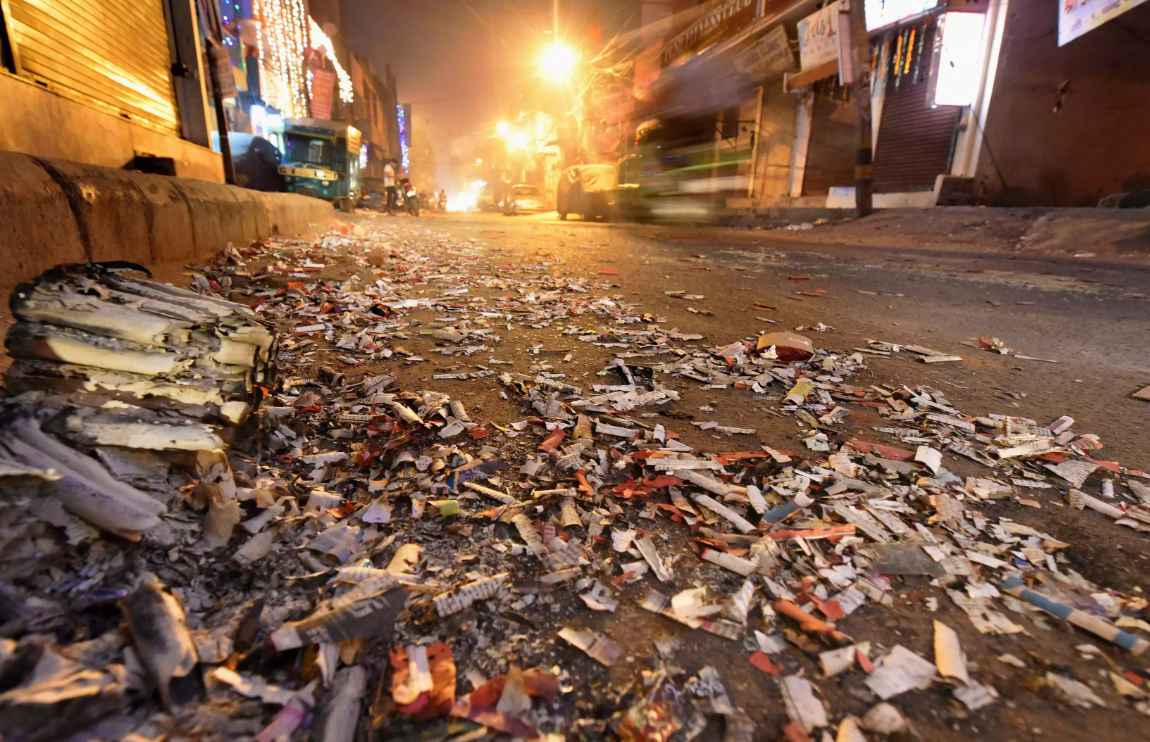
Here are some of the specific health impacts of firecrackers:
Respiratory problems: The smoke from firecrackers can irritate the airways and lungs, leading to respiratory problems such as asthma, bronchitis, and pneumonia.
Heart disease: The pollutants from firecrackers can damage the heart and blood vessels, leading to heart disease.
Cancer: The pollutants from firecrackers can increase the risk of cancer, especially lung cancer.
Hearing damage: The noise from firecrackers can cause hearing damage, especially in children and young adults.
Psychological effects: The noise from firecrackers can be very stressful and anxiety-inducing, especially for people with anxiety disorders.
Here are some of the specific environmental impacts of firecrackers:
Air pollution: Firecrackers release harmful gases and pollutants into the air, such as sulphur dioxide, nitrogen dioxide, and particulate matter. These pollutants can contribute to respiratory problems, heart disease, and cancer. They can also contribute to climate change.
Water pollution: The chemicals from firecrackers can pollute water bodies, harming aquatic life.
Noise pollution: The noise from firecrackers can be very loud and can disrupt the sleep of people and animals. It can also be disruptive to wildlife.
Litter: The leftover paper, plastic, and metal from firecrackers can pollute the environment.
It is important to be aware of the health and environmental impacts of firecrackers before using them. There are many eco-friendly alternatives to firecrackers that can be used to celebrate festivals, such as laser light shows, glow sticks, and bubbles. By choosing these alternatives, we can help to protect our health and the environment.
Air Pollution due to Diwali Celebrations in India
The pollution levels during Diwali have been increasing in recent years. In Delhi, for example, the Air Quality Index (AQI) has consistently reached hazardous levels on Diwali day. In 2021, the AQI in Delhi was 462 on Diwali day, which is considered "severe". This is the highest AQI ever recorded in Delhi on Diwali day.
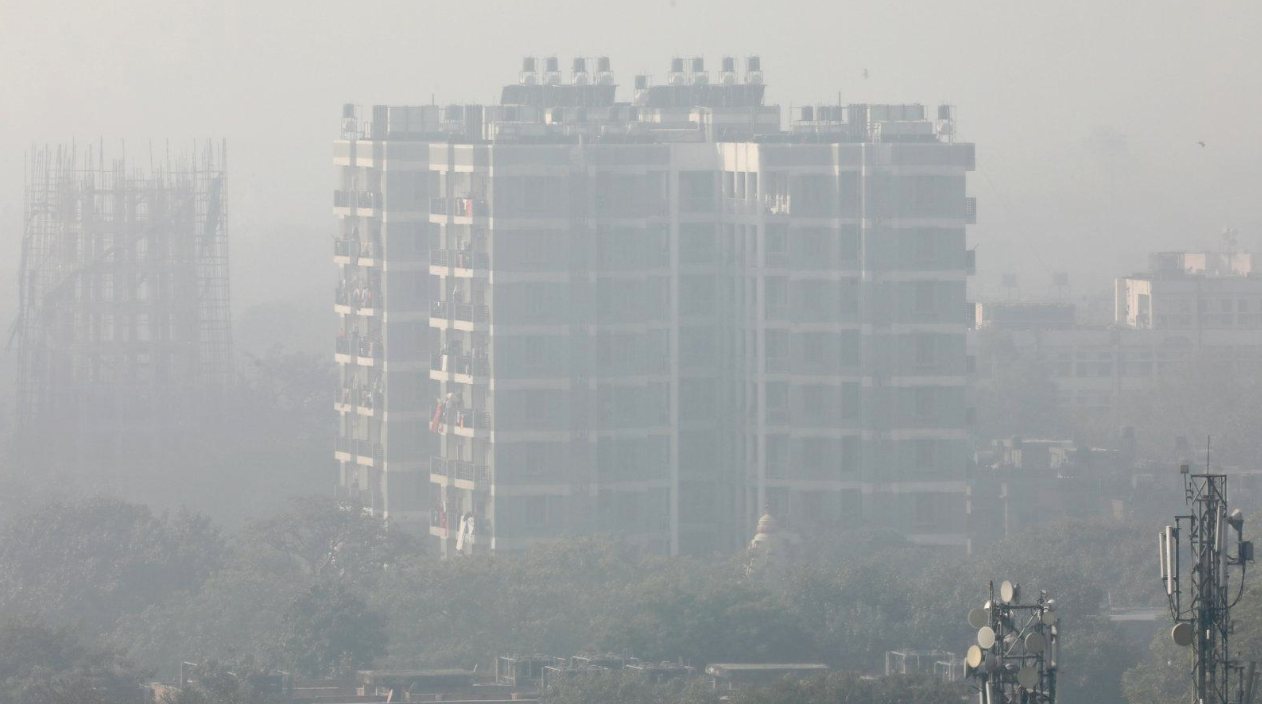
Image source: India Today
The pollution levels during Diwali are caused by a number of factors, including the burning of firecrackers, stubble burning, and vehicular emissions. Firecrackers are a major source of pollution during Diwali, as they release harmful gases and pollutants into the air, such as sulphur dioxide, nitrogen dioxide, and particulate matter. Stubble burning is also a major source of pollution during this time, as farmers burn crop residue in the fields to prepare for the next season. Vehicular emissions also contribute to the pollution levels during Diwali, as people travel more during this time to visit family and friends.
In addition, the noise from firecrackers can be very loud and can cause hearing damage. It can also be disruptive to animals and wildlife.
Here are some statistics of pollution during Diwali in the past few years in Delhi:
2021: AQI of 462
2020: AQI of 435
2019: AQI of 368
2018: AQI of 390
As you can see, the pollution levels have been increasing in recent years. This is a cause for concern, as it can have a serious impact on the health of people living in Delhi and the surrounding areas.
Eco-friendly alternatives to firecrackers to celebrate Diwali
There are a number of eco-friendly alternatives to firecrackers that can be used to celebrate Diwali. These include:
Laser light shows: Laser light shows are a great way to create a dazzling display without the noise and pollution of fireworks. They are also becoming increasingly affordable and accessible.
Glow sticks: Glow sticks are a fun and festive alternative to fireworks that are also non-toxic and biodegradable.
Bubbles: Bubbles are a simple and classic way to celebrate that is also eco-friendly. They are made from water, soap, and glycerin, all of which are natural materials.
Drone light shows: Drone light shows are a new and innovative way to create a visually stunning display. They are also much quieter than traditional fireworks, making them a good option for people who are sensitive to noise.
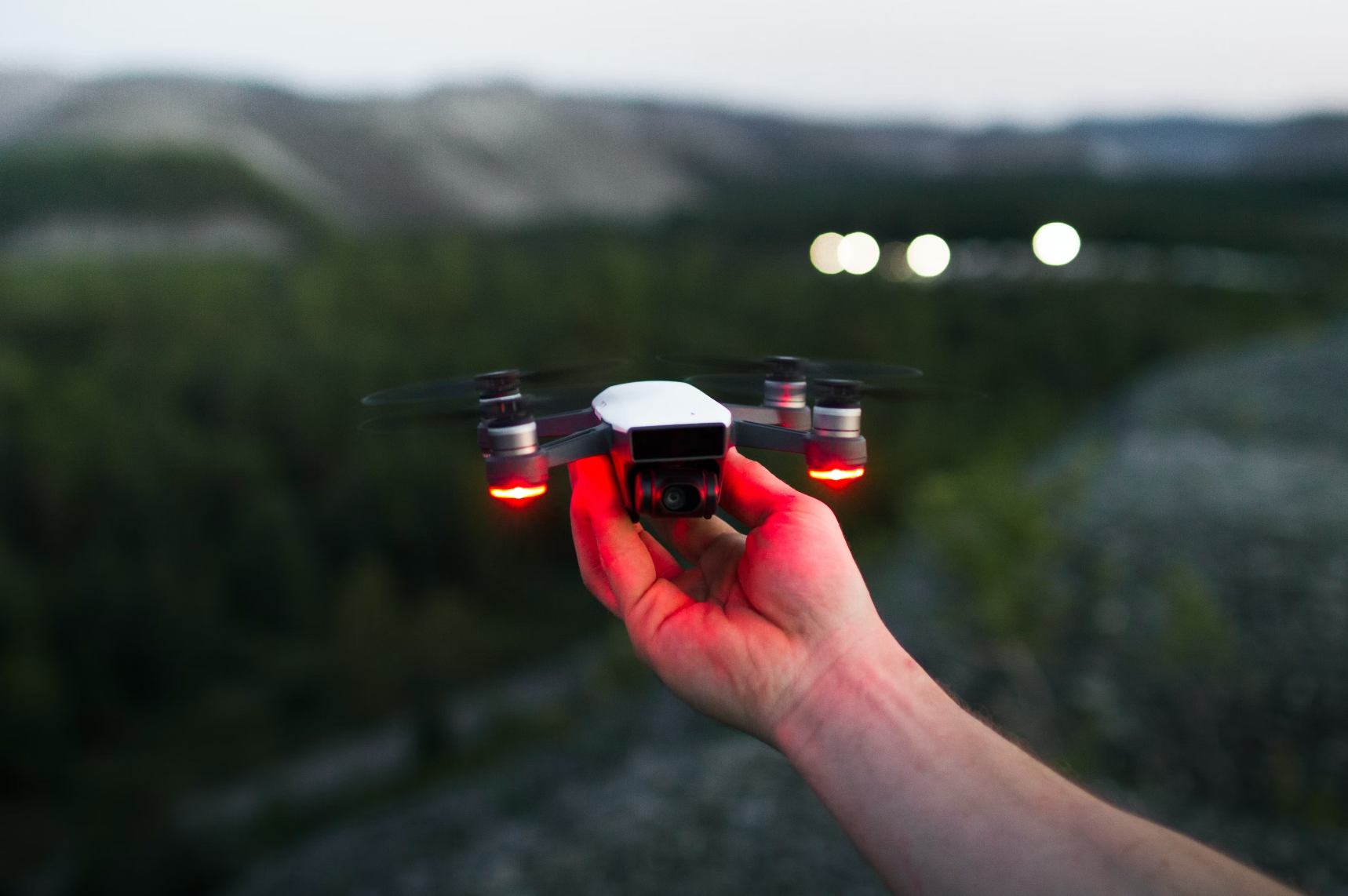
Image source: Unsplash
How to promote eco-friendly alternatives to firecrackers?
There are a number of ways to promote eco-friendly alternatives to firecrackers during Diwali celebrations. These include:
Educating people about the environmental impact of fireworks: Many people are not aware of the harmful effects that fireworks can have on the environment. Raising awareness about these issues can help people make more informed choices about how they celebrate.
Offer incentives for using eco-friendly alternatives: This could include discounts on tickets to eco-friendly fireworks displays, or tax breaks for businesses that use eco-friendly fireworks.
Make eco-friendly alternatives more accessible: This could involve stocking eco-friendly fireworks in more stores, or making them available for rent.
Promote eco-friendly alternatives through social media and other channels: This could involve sharing information about eco-friendly alternatives, or hosting contests and giveaways.
Work with community leaders to organise eco-friendly celebrations: This could involve holding a community potluck or organising a candlelight vigil.
How to reduce pollution levels during Diwali.?
There are a number of steps that can be taken to reduce the pollution levels during Diwali. These include:
Promoting the use of eco-friendly alternatives to firecrackers: There are a number of eco-friendly alternatives to firecrackers that can be used to celebrate Diwali, such as laser light shows, glow sticks, and bubbles.
Encouraging people to carpool or take public transportation during Diwali: This will help to reduce the number of vehicles on the road and the amount of pollution emitted.
Planting trees: Trees help to absorb pollutants from the air, so planting trees can help to improve air quality.
Educating people about the environmental impact of fireworks: Many people are not aware of the harmful effects that fireworks can have on the environment. Raising awareness about these issues can help people make more informed choices about how they celebrate.
By taking these steps, we can help to reduce the pollution levels during Diwali and make this festival more sustainable and environmentally friendly.
FAQ for celebrating Diwali
1. Why should I consider using eco-friendly alternatives to firecrackers during Diwali?
Choosing eco-friendly alternatives helps reduce air and noise pollution, minimises health hazards, and prevents harm to the environment and wildlife. It allows you to celebrate responsibly while preserving the planet for future generations.
2. What are some eco-friendly alternatives to traditional firecrackers?
Eco-friendly alternatives include LED lights, decorative candles, oil lamps (diyas), rangoli art, and nature-inspired decorations. You can also opt for noise-free crackers or community events instead of individual firecrackers.
3. How do LED lights contribute to a greener Diwali celebration?
LED lights are energy-efficient and have a longer lifespan compared to traditional lighting options. They use less electricity, emit less heat, and reduce the carbon footprint, making them a sustainable choice for decorating your home.
4. Are noise-free crackers available as an alternative?
Yes, noise-free crackers that emit colourful lights without causing noise pollution are available. These crackers provide a visually pleasing experience while minimising the negative impact on the environment and public health.
5. Can I still enjoy the festive spirit without using firecrackers?
Absolutely! Diwali is about celebrating with family and friends. You can engage in rangoli competitions, organise cultural events, share sweets, and partake in community gatherings to experience the festive spirit without firecrackers.
6. How can I create a safe rangoli design for Diwali?
Use eco-friendly rangoli colours made from natural ingredients like rice flour, turmeric, and flowers. These materials are safe for the environment and can be easily cleaned up after the festivities.
7. Are there any environment-friendly ways to light up my home during Diwali?
Yes, you can use oil lamps (diyas) filled with vegetable oil or ghee. These lamps create a warm, traditional ambiance while minimising air pollution.
8. Where can I find information about eco-friendly Diwali events in my community?
Check local community centres, environmental organisations, and online platforms for announcements about eco-friendly Diwali events, such as workshops, exhibitions, and sustainable celebrations.
9. How can I encourage my friends and family to switch to eco-friendly celebrations?
Lead by example and share information about the benefits of eco-friendly celebrations. Explain the environmental impact of traditional firecrackers and highlight the joy and beauty of alternative celebrations.
10. Are there any sustainable options for gifting during Diwali?
Consider gifting eco-friendly products like organic snacks, reusable items, indoor plants, or handmade crafts. These gifts are thoughtful and contribute to a sustainable celebration.
11. What should I do with my old firecrackers?
If you have unused firecrackers, consider donating them to organisations that may need them for safe disposal. Avoid burning them to prevent air and noise pollution.
12. How can I involve children in eco-friendly Diwali celebrations?
Engage children in creative activities like making DIY decorations, crafting rangoli with natural colours, and educating them about the importance of celebrating responsibly.
13. Are there any government initiatives promoting eco-friendly Diwali celebrations?
Many governments and environmental organisations launch campaigns to promote eco-friendly festivals. Stay updated with local news and official announcements for information on such initiatives.
14. Where can I purchase eco-friendly alternatives for Diwali celebrations?
Look for local stores, online marketplaces, and eco-friendly brands that offer a range of sustainable products suitable for Diwali celebrations.
15. What are the health impacts of firecrackers?
Firecrackers can cause respiratory problems, heart disease, cancer, hearing damage, and psychological effects.
The smoke from firecrackers can irritate the airways and lungs, leading to respiratory problems such as asthma, bronchitis, and pneumonia.
The pollutants from firecrackers can damage the heart and blood vessels, leading to heart disease.
The pollutants from firecrackers can increase the risk of cancer, especially lung cancer.
The noise from firecrackers can cause hearing damage, especially in children and young adults.
The noise from firecrackers can be very stressful and anxiety-inducing, especially for people with anxiety disorders.
16. What are the environmental impacts of firecrackers?
Firecrackers release harmful gases and pollutants into the air, such as sulphur dioxide, nitrogen dioxide, and particulate matter.
These pollutants can contribute to respiratory problems, heart disease, and cancer.
They can also contribute to climate change.
The chemicals from firecrackers can pollute water bodies, harming aquatic life.
The noise from firecrackers can disrupt the sleep of people and animals.
It can also be disruptive to wildlife.
The leftover paper, plastic, and metal from firecrackers can pollute the environment.
17. What are some eco-friendly alternatives to firecrackers?
Laser light shows
Glow sticks
Bubbles
Candles
Diyas (lamps)
Kite flying
Community potlucks
Candlelight vigils
18. How can I help to promote eco-friendly alternatives to firecrackers?
Educate people about the harmful effects of firecrackers.
Offer incentives for using eco-friendly alternatives.
Make eco-friendly alternatives more accessible.
Promote eco-friendly alternatives through social media and other channels.











